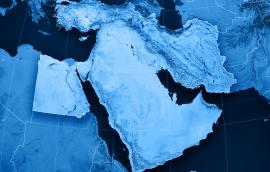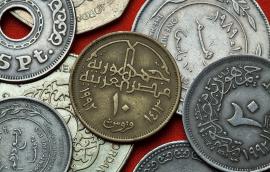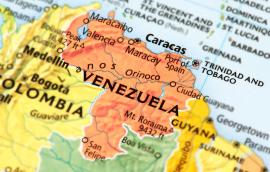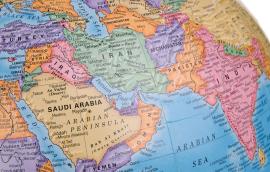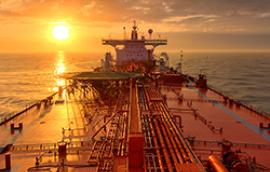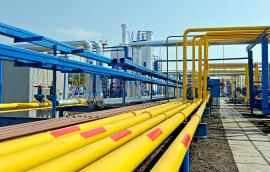Winter Is Coming: Controlled Conflicts and the Oil-price Geopolitical-risk Premium
This paper presents a simple dynamic growth model of investment, consumption, passive military spending, and active military spending for an oil-exporting country. It argues that under conditions of significant geopolitical strife, a country might engage in a military conflict of limited scope and extent to drive up oil prices and revenues.
Mahmoud A. El-Gamal November 21, 2016
